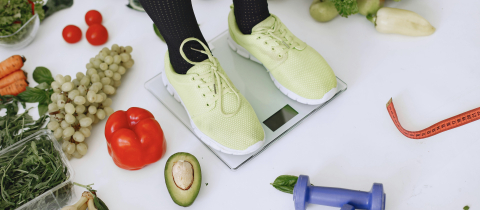In 1926, Alexander Thomas Glenny, a British immunologist, discovered that noted that vaccinated guinea pigs had a better response when the jab caused a local inflammation at the site of the injection. He then had the idea of adding substances to the vaccine to cause such an inflammation and found aluminum salts to be particularly effective. He had serendipitously discovered the first vaccine “adjuvant,” the term deriving from the Latin “adjuvare,” meaning “to help.” Indeed, adjuvants help by boosting antibody production resulting in longer-lasting immunity and a reduction in the dose of active agent, the “antigen,” needed in the vaccine.
Aluminum compounds have been widely used as adjuvants in various vaccines and have a long safety record, but they do not work for all vaccines. Once the concept of adjuvants was established, the search was on for “new and improved” versions, several of which have been discovered. For example, the Shingrix vaccine against shingles is boosted by an ingredient found in the bark of the South American soap tree and a flu vaccine, Fluad, specially developed for the elderly who tend to have a poorer immune response, uses squalene derived from shark liver as an adjuvant.
The use of squalene has resulted in some controversy based on concerns promoted by an organization called “Shark Allies” that sharks are being sacrificed so that their livers can be harvested for the production of squalene. Drug producers retort that they use the livers of sharks caught for food, and that they do not hunt sharks just to produce vaccines. Nevertheless, they do agree that another source of squalene is desirable.
There is another source, mainly the residue left when olives are pressed for their oil. This can be extracted to yield squalene, although the process is not as economical as isolating the chemical from shark liver. In any case, the amount of squalene used to produce vaccines is far less than that used by the cosmetics industry. Squalene is an excellent moisturizer and is found in numerous creams and lotions. For reasons of shark conservation, researchers are working on introducing genes that code for the production of squalene into microbes such as yeasts and bacteria which will then churn out squalene, much to the relief of sharks. While many vaccines contain adjuvants, mostly aluminum compounds, the Pfizer, Moderna, Astra-Zeneca and Johnson and Johnson COVID vaccines do not require them.







